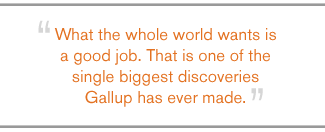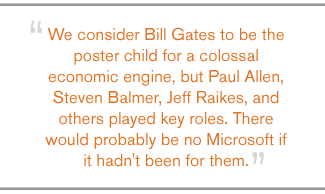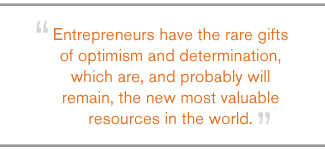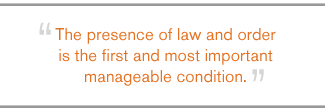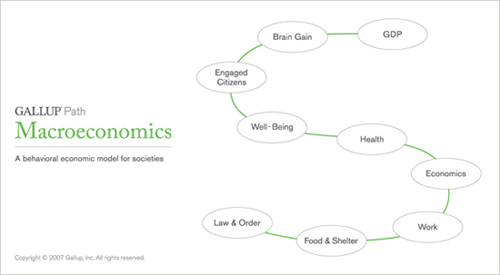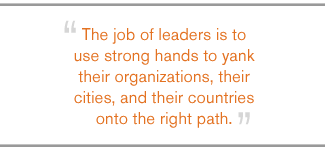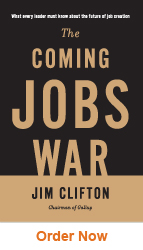Thanks For My Journey: A Holocaust Survivor’s Story of Living Fearlessly
A no-holds-barred story of bravery, survival, and unprecedented accomplishment that is both riveting and inspirational.
Born in Tshernovitz, Romania, Dr. Erica Miller was only seven years old when the Nazis forced her and her family into a holding camp in the Ukraine, where they remained for four harrowing years before being liberated. But their relief was cut short when they returned to their home and found it occupied by Russians. Only when the family immigrated to Israel was Dr. Miller given the chance to escape the horrors of oppression and begin a new life chapter.
Facing obstacles most of us would find insurmountable, Dr. Miller served in the Israeli air force and then went on to earn a PhD in clinical psychology in America. As a dedicated mental health professional, she founded a chain of clinics that have helped hundreds of patients heal.
A story of hardship, perseverance, and ultimate victory, Thanks for My Journey also includes a special section in which Dr. Miller shares her inspirational reflections on such topics as gender roles, being Jewish, and the power in being true to oneself.





